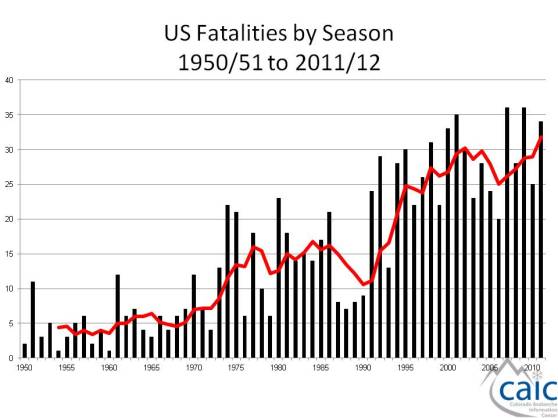By Kirsten Ellis
Voters passed three measures Tuesday that will require Boulder, over the next two decades, to shift sales tax revenues it uses for open space acquisition and maintenance to transportation and general funds.
Ballot issues 2B, 2C, and 2D all passed city elections with about three-fourths of the votes — practically a landslide. Pun intended.
City council members unanimously agreed in August on this package of three ballot issues, transferring some funds away from the mature open space program to transportation maintenance costs and the general fund deficit. City council members, and even Mike Patton, the director of Open Space and Mountain Parks (OSMP), are very excited about Tuesday’s results. Funds for open space will be sufficient to acquire new land, maintain trails, and continue with the cities master open space plan, in addition to extending funds to open space longer than they had originally planned for the project.
Heres a breakdown of the Ballot Issues.
Currently, Boulder city allocates .6 cent of city sales and use tax to the acquisition and preservation of open space. This will continue, without changes, for six more years.
2B creates a new short-term city sales and use tax of .15 cent to fund transportation needs between 2014 to 2019, about $4.5 million annually.
Tim Plass, former city council member, said the immediate transportation need is maintaining pavement. There is a basic transportation backlog that amounts to $4.2 million for roads that need to be fixed. If the roads are too deteriorated, it’s actually more expensive to repair them, than if funds were used earlier to mend smaller problems. So it’s more cost effective to fix them now, rather than later.
2C will alter an existing .33 cent tax allocated for open space, splitting it between open space and the general fund, starting in 2019. Open space will receive .22 cent, and .11 cent will go to the general fund, helping to close the budget gap. Starting in 2035, .10 cent will go to open space, and .23 cent to the general fund.
City council and OSMP have teamed closely for their open space vision, acquiring a necklace of parks around Boulder. Together they budgeted for future open space acquisition, development, and maintenence. 2C will extend open space funding past it’s current expiration, 2019, and still allow for much needed core services funding, like fire, police, and transportation, said Tim Plass.
OSMP director Mike Patton is happy 2C passed. Since much of the open space land has already been purchased, this will ensure funds will continue to flow to open space past 2035.
In 2035, these same 2C funds will swap with .10 cent going to open space and .23 cent to the general fund.
2D shifts money from existing open space taxes to transportation in 2019, extending the short-term .15 cent transportation tax, 2B, for 20 more years. During the first 10 years, 2019-2029, funds will go to transportation. The last 10 years they will go to the general fund.
PLAN Boulder did not support 2D because “it strikes us as deceptive and overly complex,” and they think the tax for open space may prove necessary, said Ray Bridge. They might have supported a transportation tax for this amount if it was separate from open space, had been written to provide the right amount of money and the right amount of time, and had been written clearly for transportation maintenance and not growth.
City council members were concerned that voters would be wary about cuts to open space after the September 2013 flood, as it seems open space needs more resources now. But FEMA will be reimbursing the city for some costs. And tax percentages to open space will remain the same for the next 6 years, not going into effect until 2019, said Tim Plass.
Although it seems like open space funding could be cut by almost one-third by 2035, the city is actually just adjusting their open space budget and extending it for at least 16 years, ensuring residents can still escape city life, just minutes from their doors.



